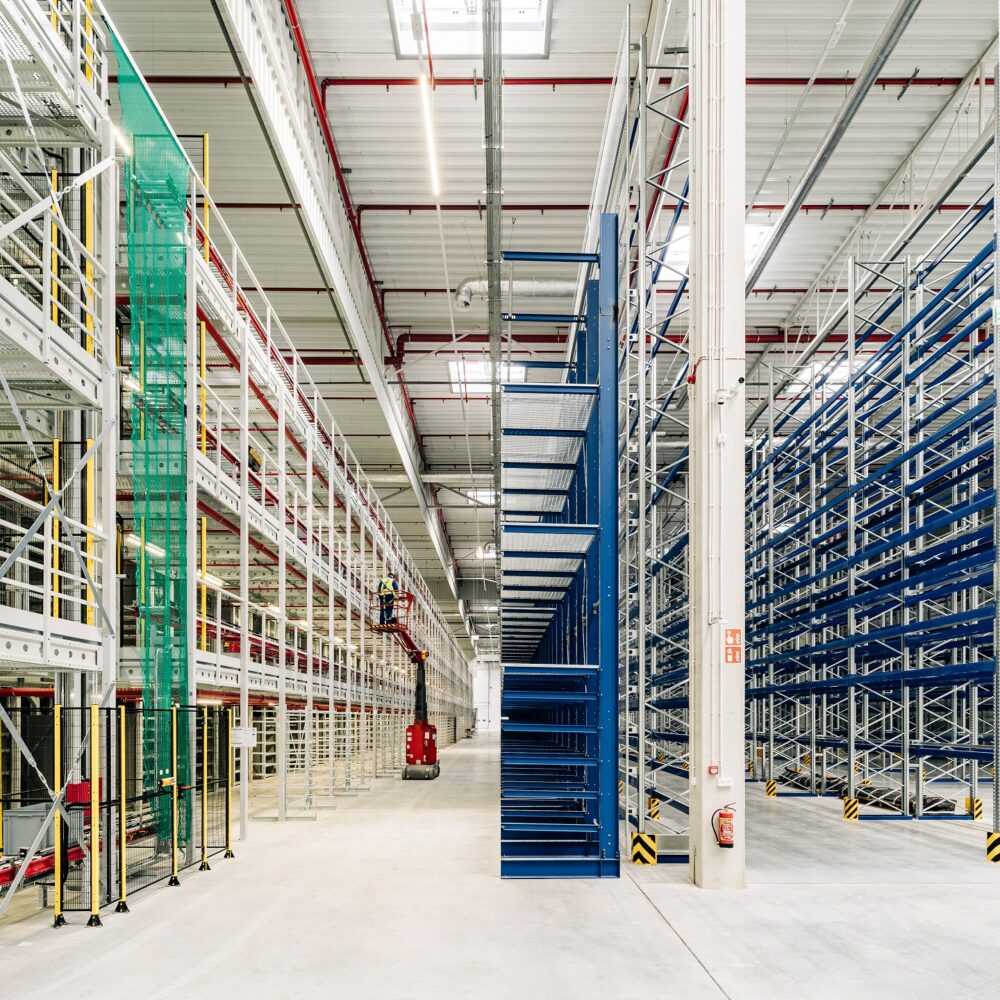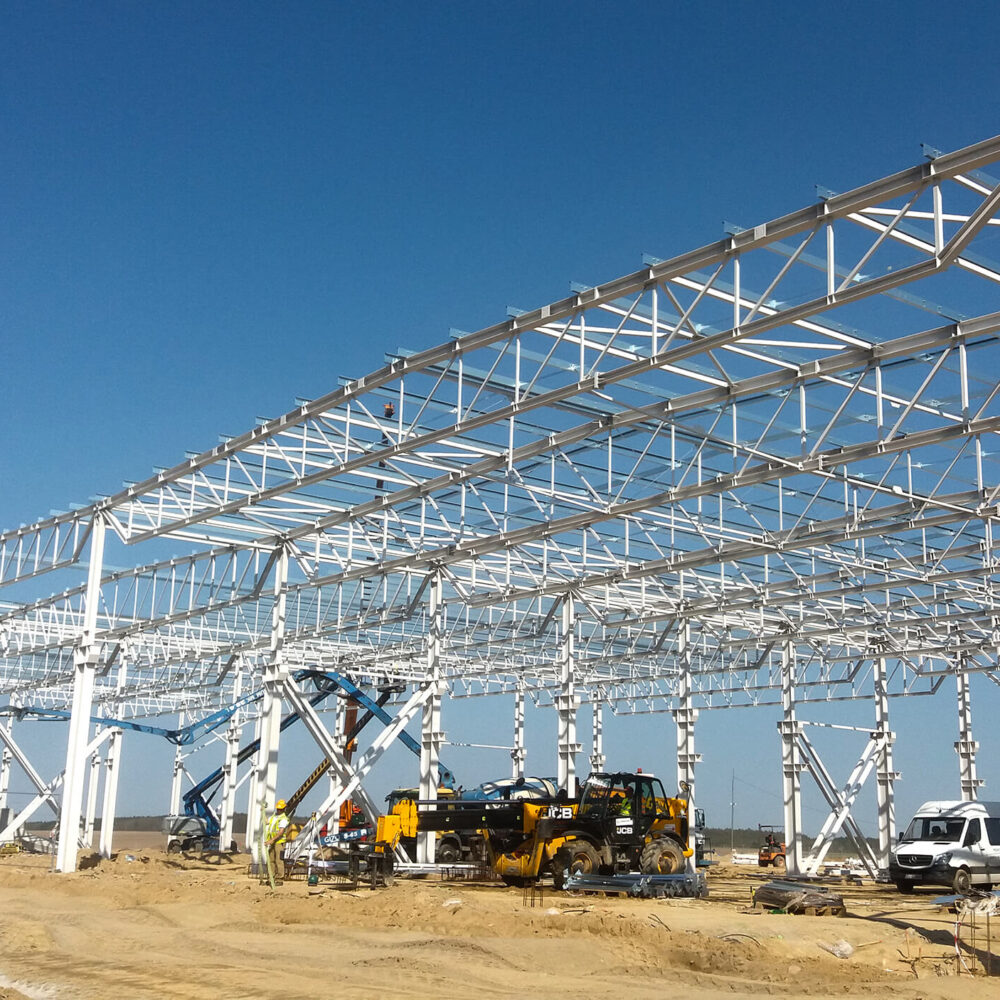
The design and construction of the storage and production halls are activities that require effective cooperation between the general contractor and the investor. Quality, delivery time and an adequate price are the key. Each project involves the same steps to complete. On the other hand, each project will also vary depending on the building individual features, its purpose and other factors. Find out what you need to know about steel hall design!
Design of industrial halls and facilities
The design of industrial facilities and production halls should assume high production and storage flexibility of the building, business practice and adaptation the expectations to the requirements of modern construction and business model implemented. A good design allows for a turnkey project to deliver, but for this to happen, it is necessary to verify the initial situation, define the key objectives and the specifics of the construction.
Even before the design and construction of the halls begins, it is necessary to define the tasks and functionality in consultation with the investor. The cooperation between the designer/general contractor and the investor is crucial. The first outcome will be the creation of a design prototype, i.e. a conceptual part, which should include, among other things:
- primary and secondary (optional) use of the hall,
- the exact technical parameters of the facility,
- ambient and environmental parameters,
- the range of building materials and construction technology used,
- all aspects relating to the aesthetics of the facility.
The final design is largely influenced by the specifics and intended use of the hall. For this reason, clear and transparent cooperation between the investor and the contractor is very important. The company responsible for hall design must take into account the intended use of the hall, e.g. storage, production (industrial), warehouse/office. Details are crucial. For example, a cold store and a facility for storing products that are not susceptible to temperature changes will require different structural solutions.
The design of sports halls will therefore be different from the design of industrial halls, for example. In the vast majority of cases, all such facilities are commercial in nature. This means that, for the investor, one of the most important factors is the lead time. Therefore, the hall builder should offer comprehensive approach, assist the customer in obtaining the relevant approvals and providing the necessary project documentation prepared in accordance with the valid legislation.
Warehouse design
Designing steel halls is a process consisting of many stages. Each of these is crucial – underperformance of one will have a negative impact on the following ones. The design of halls begins with obtaining the relevant building and operating permits, for example:
- site development plan,
- environmental approval,
- building permit.
To obtain the necessary permits, a comprehensive design of the hall on the basis of, among other things, geological surveys has to be prepared. The existing buildings and surrounding infrastructure have to be considered as well.
The next stage is usually the prefabrication of the elements. In most cases today, the design and construction of halls involves the manufacture or delivery of pre-fabricated materials to the site. Thanks to such preparation and delegation of tasks, the construction of halls, especially the steel and hybrid halls, is much faster on site. However, it is the contractor’s responsibility to ensure an appropriate quality of the structural components, e.g. with regard to the application of the corrosion protection measures.
Before the very assembly of the hall’s load-bearing structure, the subsoil has to be prepared and the foundation work performed.
Having done that, the load-bearing structure and the façade are assembled.
The design of storage halls from the scratch should also include the flooring, its load-bearing capacity and strength, which is particularly important when dealing with spaces for storing heavy and hazardous materials. Another thing to be clarified at the project kick-off, but which will be dealt with out at the very end, is the development of the adjacent land. Very often, the investors opt for additional infrastructure, but also small green areas or squares to improve the entire building standard are provided.
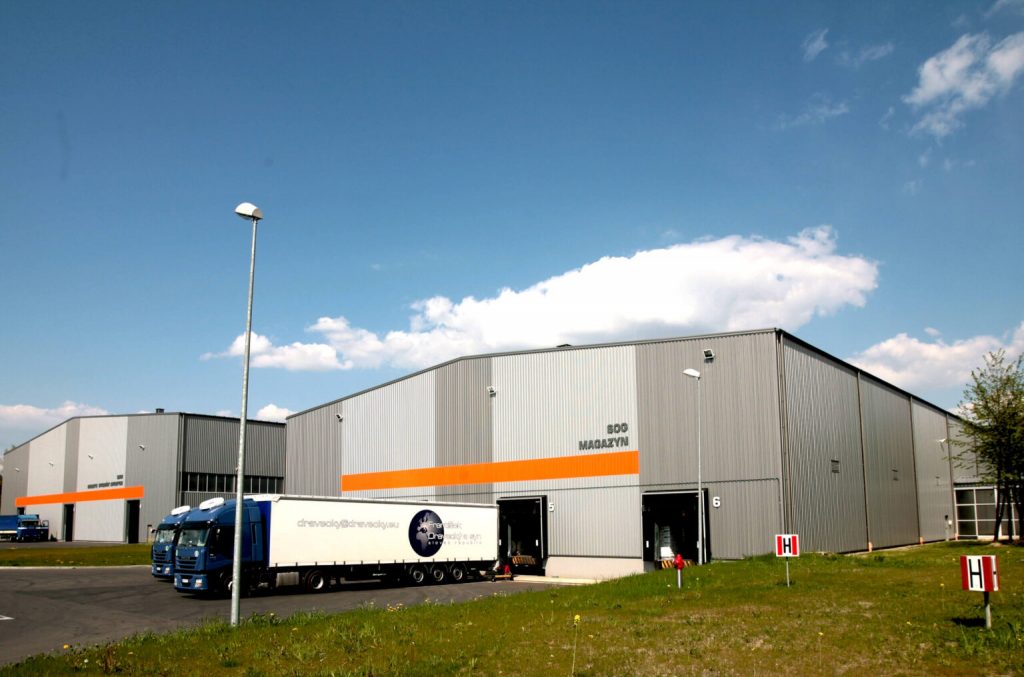
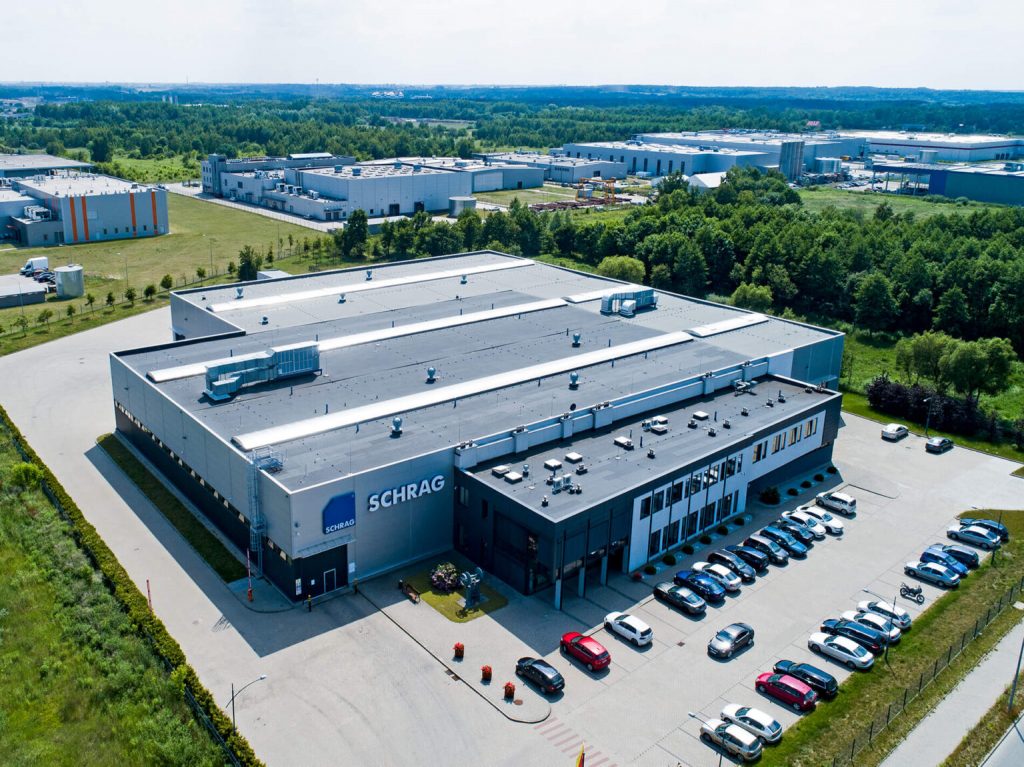
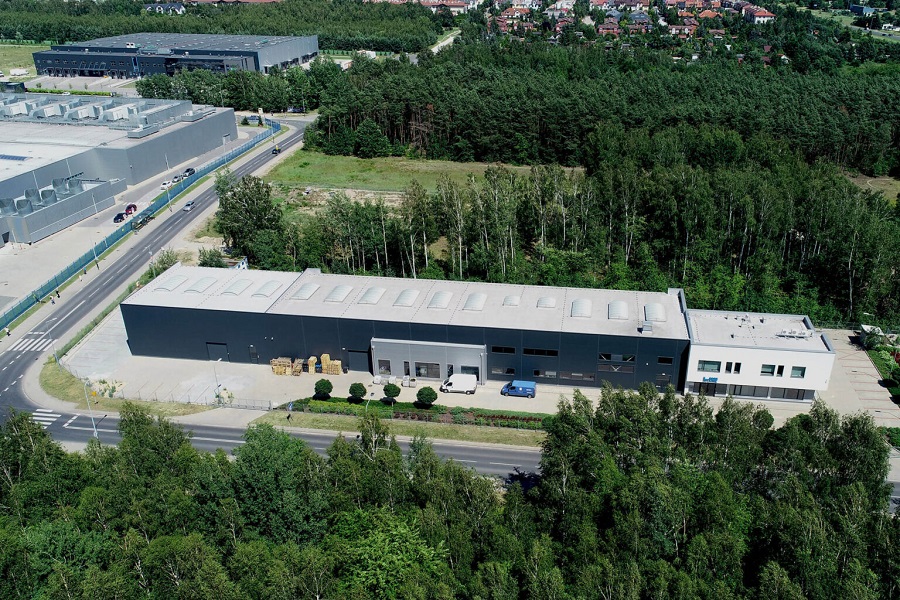
Read also the article: Industrial construction – general contracting in construction projects

